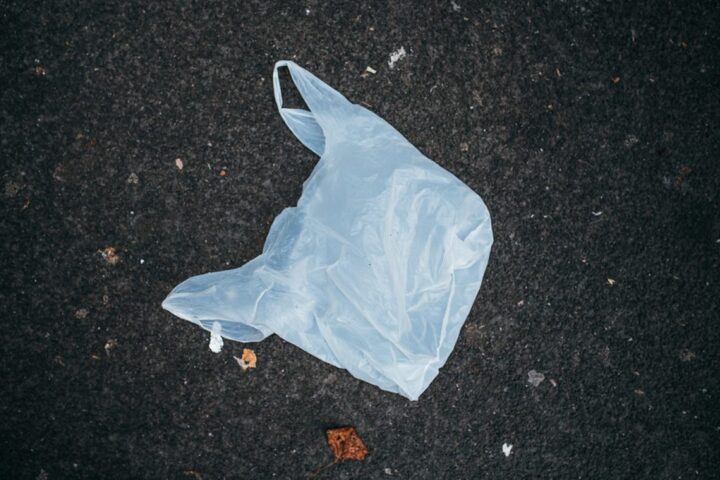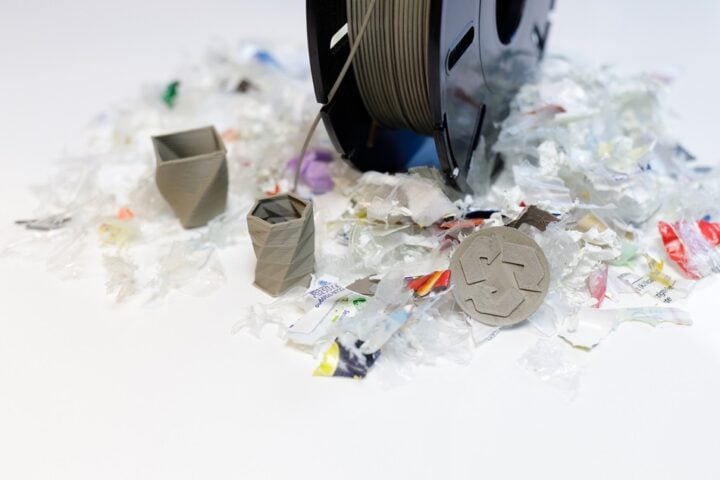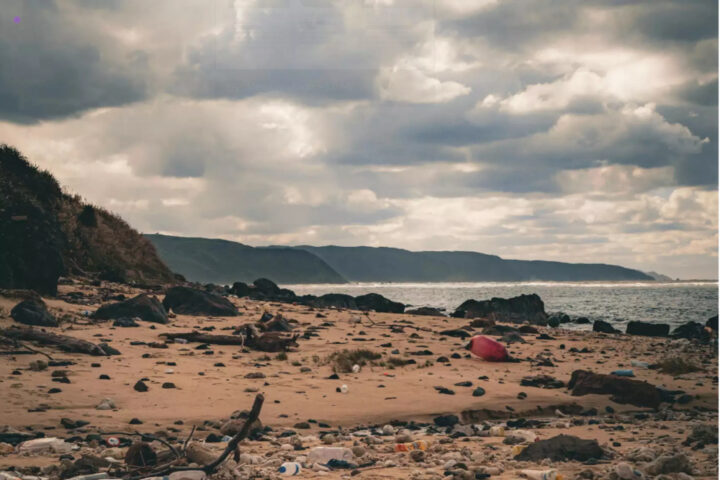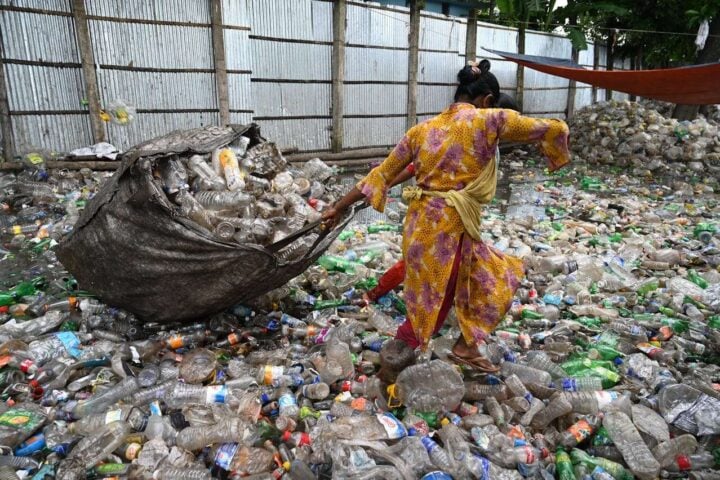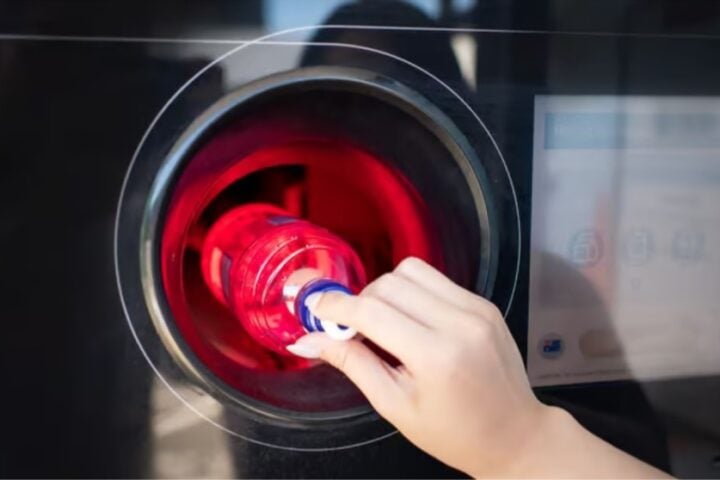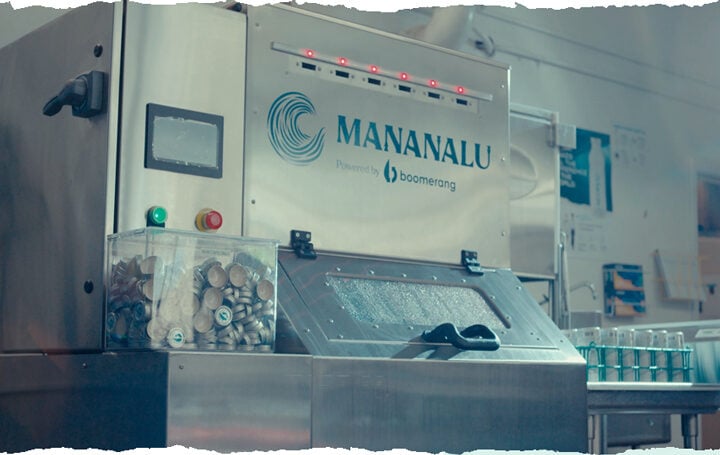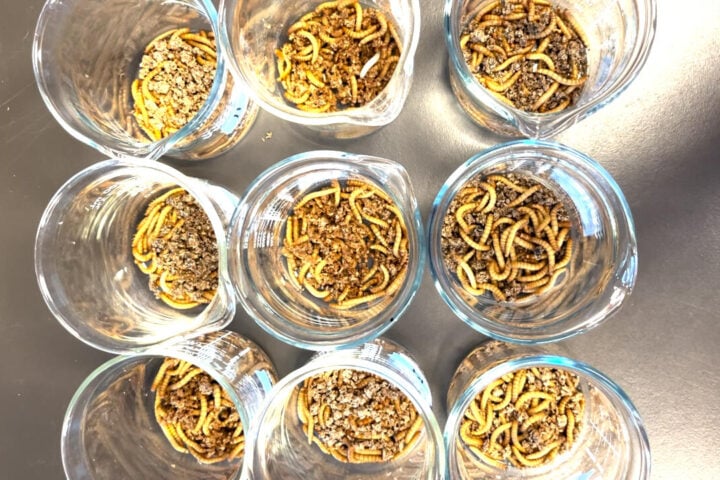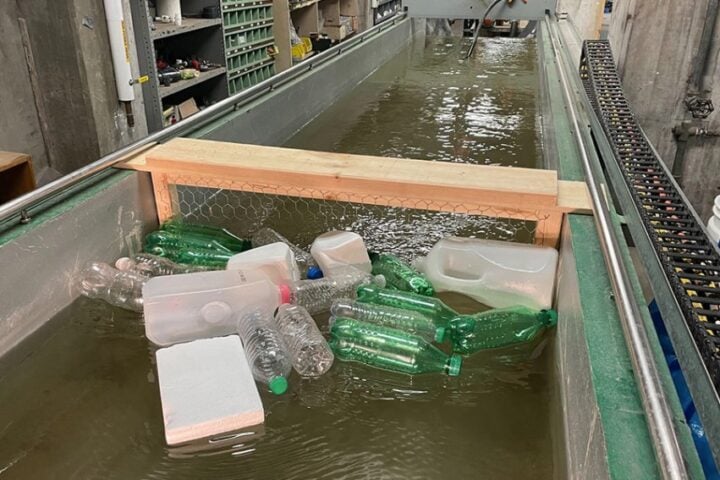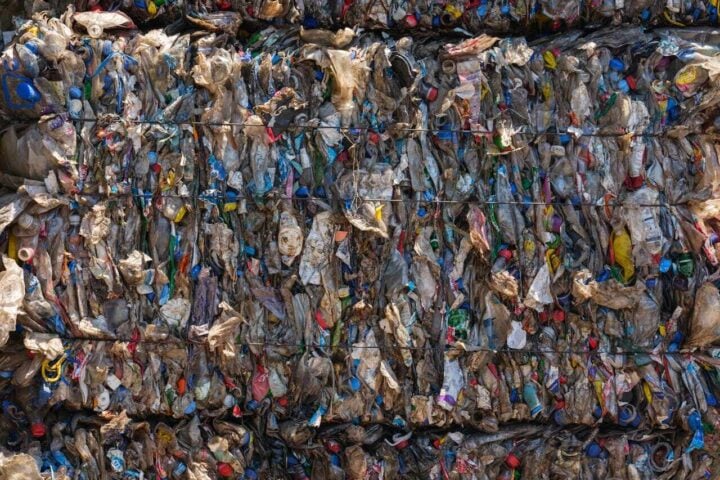In a world grappling with the environmental repercussions of plastic waste, scientists from the Oak Ridge National Laboratory (ORNL) have unveiled a technology that could potentially reshape our approach to managing plastic waste. The technology, developed by Tomonori Saito and former postdoctoral researcher Md Arifuzzaman, involves an innovative organocatalyst that facilitates the selective deconstruction of various plastics, including a mixture of diverse consumer plastics.
The Mechanism Behind the Innovation
The organocatalyst, as detailed in the study published in Materials Horizons, selectively deconstructs condensation polymers at specific temperatures. This allows additives or other polymers, such as polyolefin or cellulose, to be readily separated from the mixed plastics, providing a viable chemical recycling path for many existing mixed plastics today. The Life Cycle Assessment indicates that the production of various condensation polymers from the deconstructed monomers will result in a significant reduction in greenhouse gas emissions and energy input, paving the way towards a new paradigm of plastic circularity and a net-zero carbon society.
Addressing the Plastic Dilemma
Plastic, while being an indispensable material in our society, has posed a significant challenge due to the imbalance between its high production and end-of-life management, leading to unrecovered energy, economic hardship, and a high carbon footprint. The adoption of plastic recycling has been limited, primarily due to the difficulty of recycling mixed plastics. The technology developed by ORNL scientists not only addresses this issue but also presents a pathway that requires less energy and releases fewer greenhouse gases than conventional petroleum-based production.
Similar Posts
A Promising Strategy Toward Establishing Closed-Loop Circularity of Plastics
In the words of Tomonori Saito, the corresponding author of the study, “This concept offers highly efficient and low-carbon chemical recycling of plastics and presents a promising strategy toward establishing closed-loop circularity of plastics.” The technology not only offers a solution to the global plastic waste problem but also aligns with the broader objective of moving towards a net-zero society.
The Real-World Implications and Challenges Ahead
While the technology presents a groundbreaking approach to managing plastic waste, its real-world application and scalability will be subject to various factors, including economic viability, infrastructural development, and global adoption across the plastic production and recycling industries. Furthermore, the technology will need to be integrated into the existing waste management systems and policies to ensure its effective implementation on a global scale.
Future Prospects and Considerations
As we move forward, the technology opens up new avenues for research and development in the realm of plastic recycling and waste management. It will be crucial to explore the economic aspects, regulatory frameworks, and potential barriers to adopting this technology on a global scale. Moreover, the development of similar technologies and innovations will be vital in building a comprehensive and sustainable approach to managing plastic waste in the future.
Conclusion: A Step Towards Sustainable Future
The technology developed by ORNL scientists represents a significant stride towards addressing the global plastic waste issue. By enabling the selective deconstruction of mixed plastics into valuable chemicals, it not only provides a sustainable solution to managing plastic waste but also contributes to reducing greenhouse gas emissions and energy consumption. As we navigate through the challenges and opportunities presented by this technology, it will be imperative to approach its adoption and implementation with a balanced and pragmatic perspective, ensuring that it is aligned with the global sustainability goals and the broader objective of establishing a circular economy.
